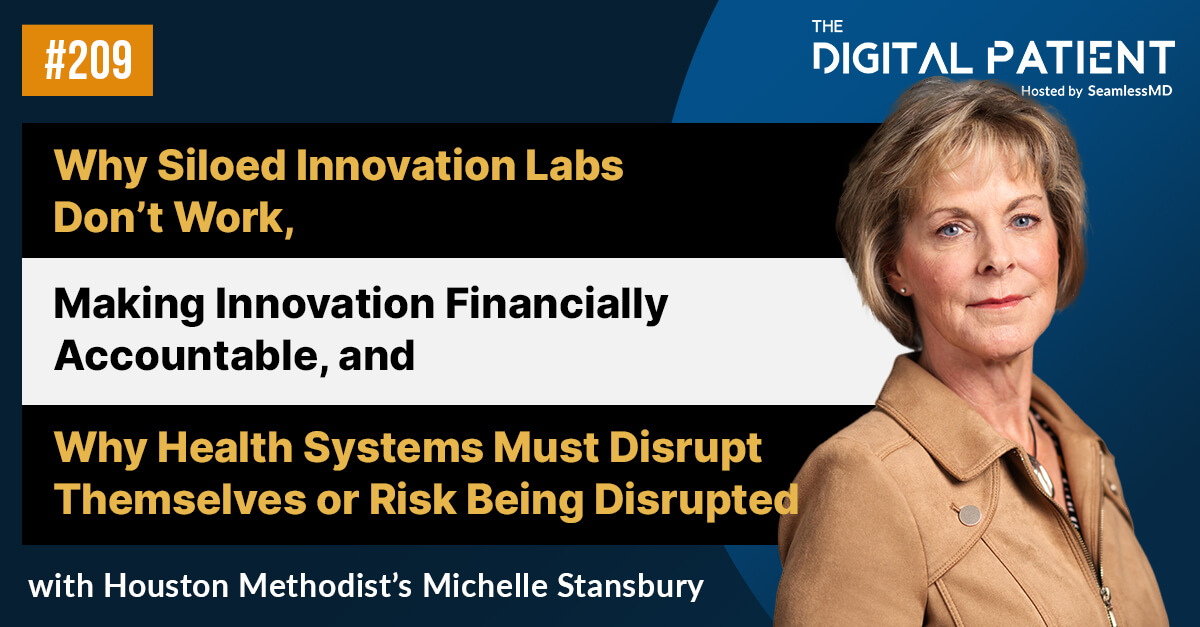One of the greatest assets we have here at SeamlessMD is the wealth of knowledge and expertise that our advisors bring to our work. This week, we asked Prateek Dwivedi, a former CIO of Mount Sinai Hospital turned health technology entrepreneur about how his experiences have shaped his views on digital health. Check out what he told us!1. What inspired you to leave your position as CIO of Mount Sinai to become a health entrepreneur?Actually, I started out as an entrepreneur. The CIO role was more to be on the operator side and learning how healthcare works; that was incredibly beneficial for understanding how to present an innovation and where the challenges in the system are. Being there for a few years, I also realized that it’s a difficult place to innovate from an administrative role so I found that it was better to be on the outside. I took that experience that I had on both sides of health to create something relevant for our system.2. Can you tell us a little bit about some of your ventures likeVitalHub? We know it provides a unified interface across multiple health systems for users. What were some of the key highlights with VitalHub?One of the biggest accomplishments with VitalHub was trying to do something that was relevant because what’s really hard in digital health is that we have great ideas but healthcare is complex and the best benefit we can give to clinicians is doing that’s simple and useful to them. Our biggest highlight was taking something that was hard and making it simple and ready to use. We picked mobile as a focus because you’re forced to do two things:a. It has to be simpleb. It has to be fast3. What stops CIOs from adopting health innovations?You want to avoid building something that is not part of the ecosystem that they already have. If you absolutely must do so, the product must be so compelling that it forces the CIO to adopt simply because it integrates with everything else so easily. You want to simplify. Privacy and data security are the two things that CIOs constantly worry about. Integration is another risk factor for hospitals; without integration, clinicians don’t get a comprehensive understanding of the patient.4. If you could share one piece of advice to young entrepreneurs, what would it be?The challenge with young entrepreneurs is that they get into digital health because they’ve experienced something, it doesn’t mean that it’s relevant to the market. You will get a ton of advice and you’ll have your own intuition guiding you but the most important question to ask is: will people adopt it? The most important thing is to spend a lot of time on product vision and product strategy right from the beginning is really important because it can help you think through whether you have a product, a feature or if what you’re thinking about is something no one thinks about. Remember to build something compelling and relevant; without that, you do not have a business.This post was written by Yashvi Shah, Marketing Associate at SeamlessMD.
The Seamless Team
SeamlessMD transforms paper-based instructions into an interactive, personal navigator for patients on smart phones, tablets and the web to improve outcomes and lower costs.https://www.seamless.md
.svg)









.png)
